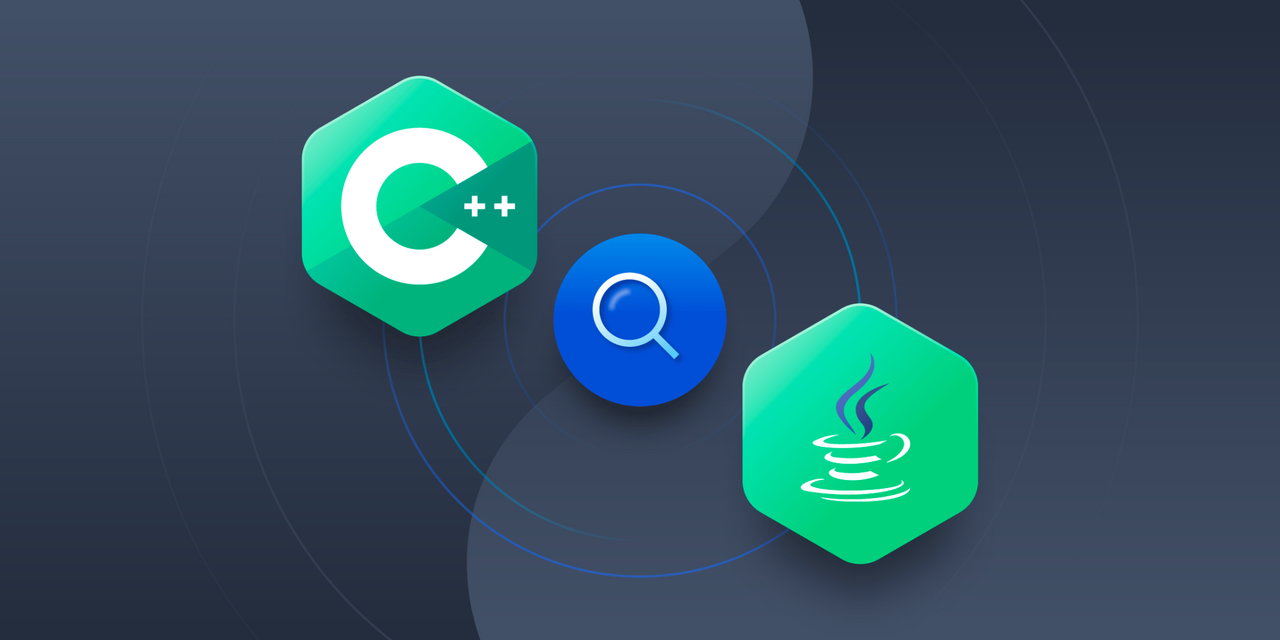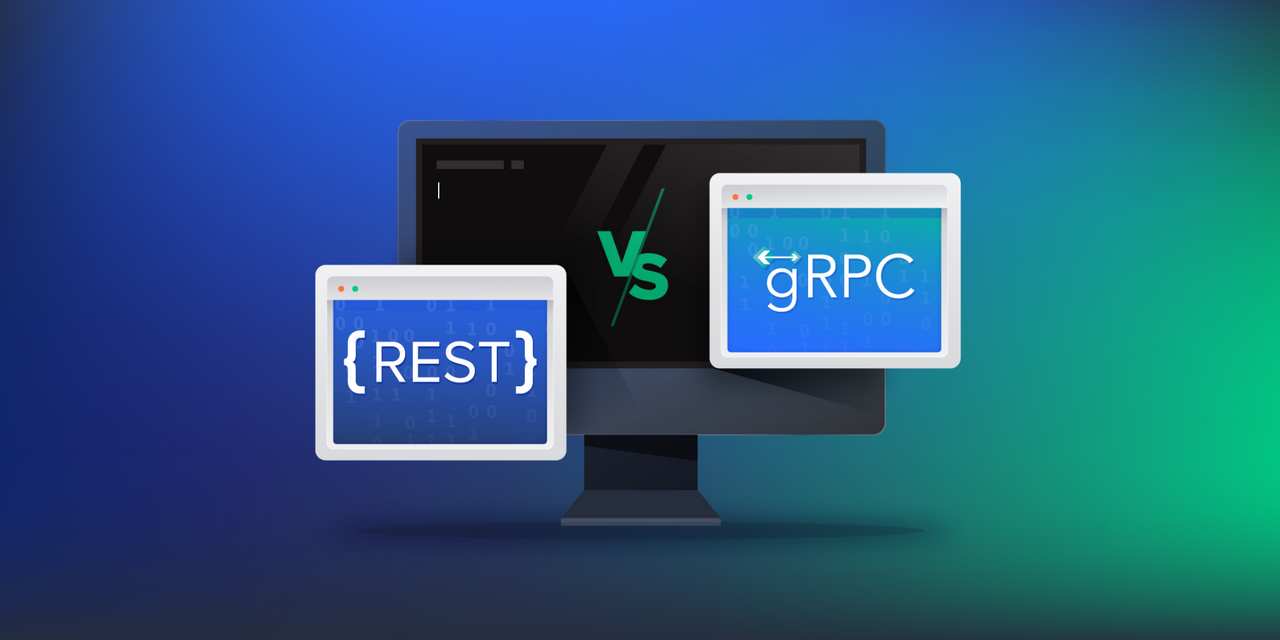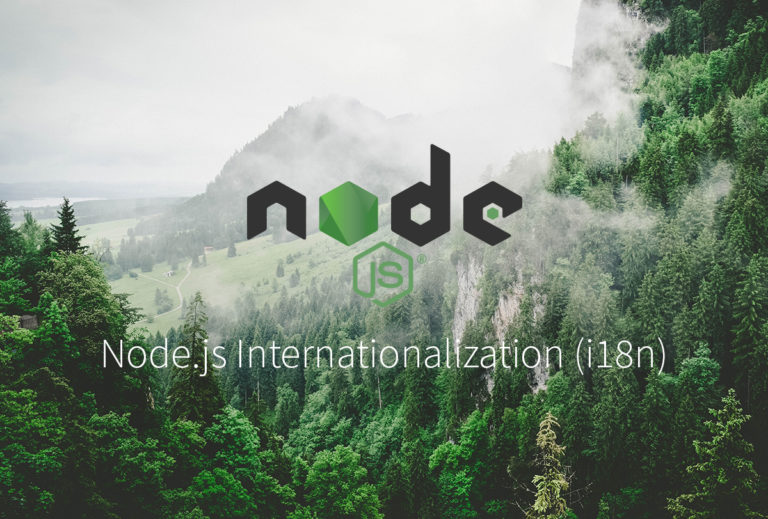Blog Details
 30 Jun
30 Jun
Social network analysis is quickly becoming an important tool to serve a variety of professional needs. It can inform corporate goals such as targeted marketing and identify security or reputational risks. Social network analysis can also help businesses meet internal goals: It provides insight into employee behaviors and the relationships among different parts of a company.
Organizations can employ a number of software solutions for social network analysis; each has its pros and cons, and is suited for different purposes. This article focuses on Microsoft’s Power BI, one of the most commonly used data visualization tools today. While Power BI offers many social network add-ons, we’ll explore custom visuals in R to create more compelling and flexible results.
This tutorial assumes an understanding of basic graph theory, particularly directed graphs. Also, later steps are best suited for Power BI Desktop, which is only available on Windows. Readers may use the Power BI browser on Mac OS or Linux, but the Power BI browser does not support certain features, such as importing an Excel workbook.
Structuring Data for Visualization
Creating social networks starts with the collection of connections (edge) data. Connections data contains two primary fields: the source node and the target node—the nodes at either end of the edge. Beyond these nodes, we can collect data to produce more comprehensive visual insights, typically represented as node or edge properties:
1) Node properties
- Shape or color: Indicates the type of user, e.g., the user's location/country
- Size: Indicates the importance in the network, e.g., the user's number of followers
- Image: Operates as an individual identifier, e.g., a user's avatar
2) Edge properties
- Color, stroke, or arrowhead connection: Indicates type of connection, e.g., the sentiment of the post or tweet connecting the two users
- Width: Indicates strength of connection, e.g., how many mentions or retweets are observed between two users in a given period





ONLINE TRAINING FEATURES
Register for Course !
📞 Instant Call | 🎓 Free Demo | 📋 Course Info